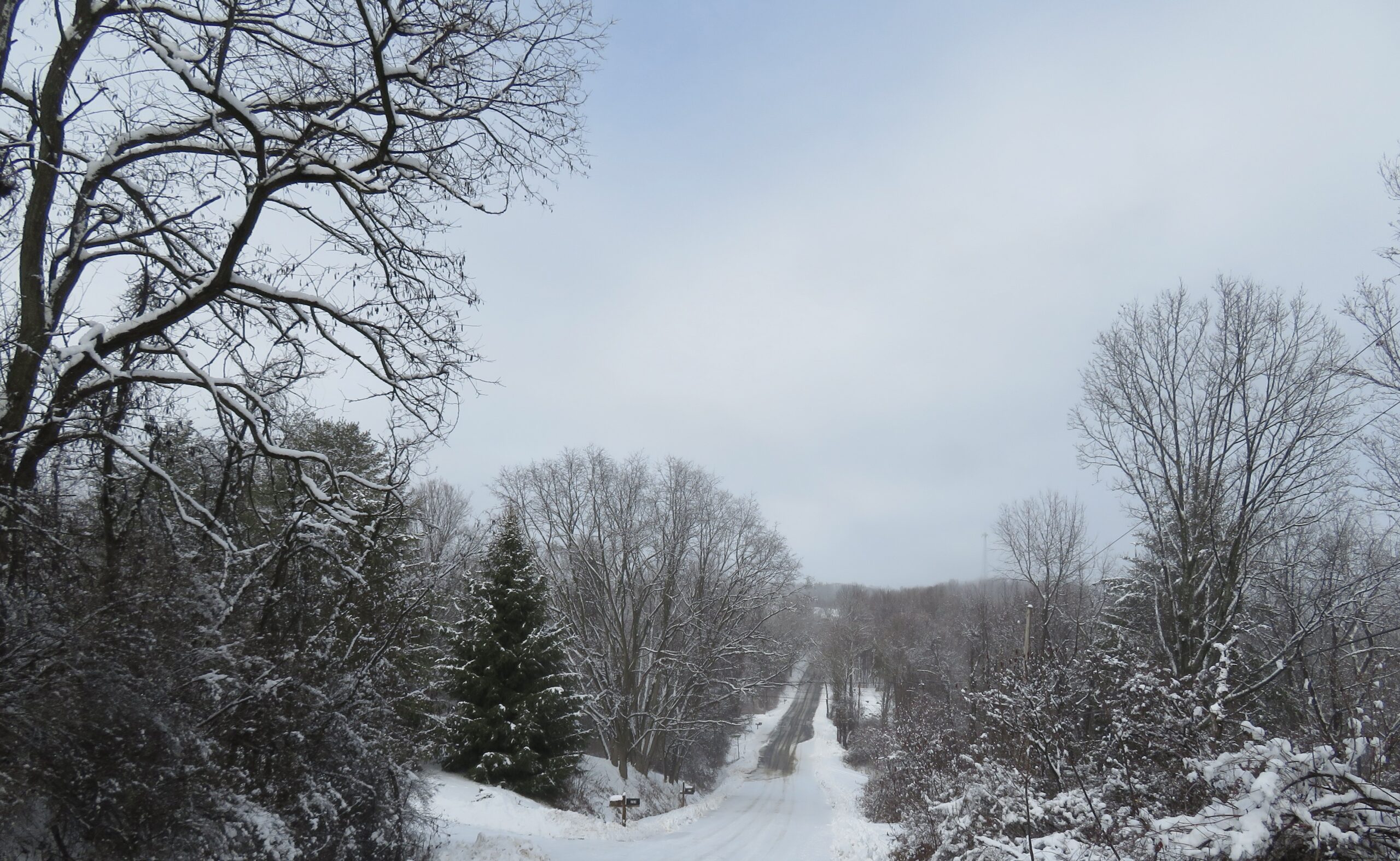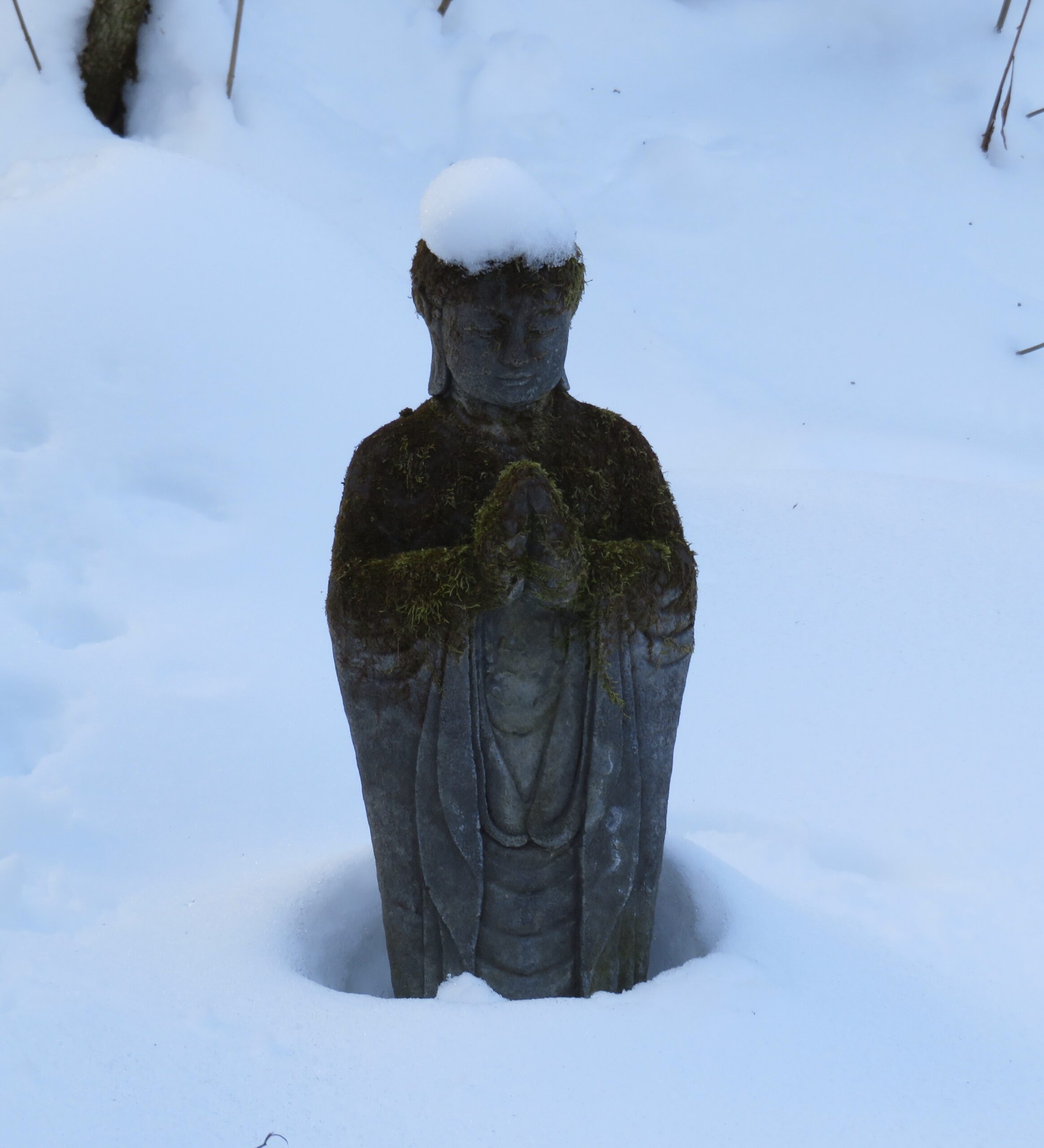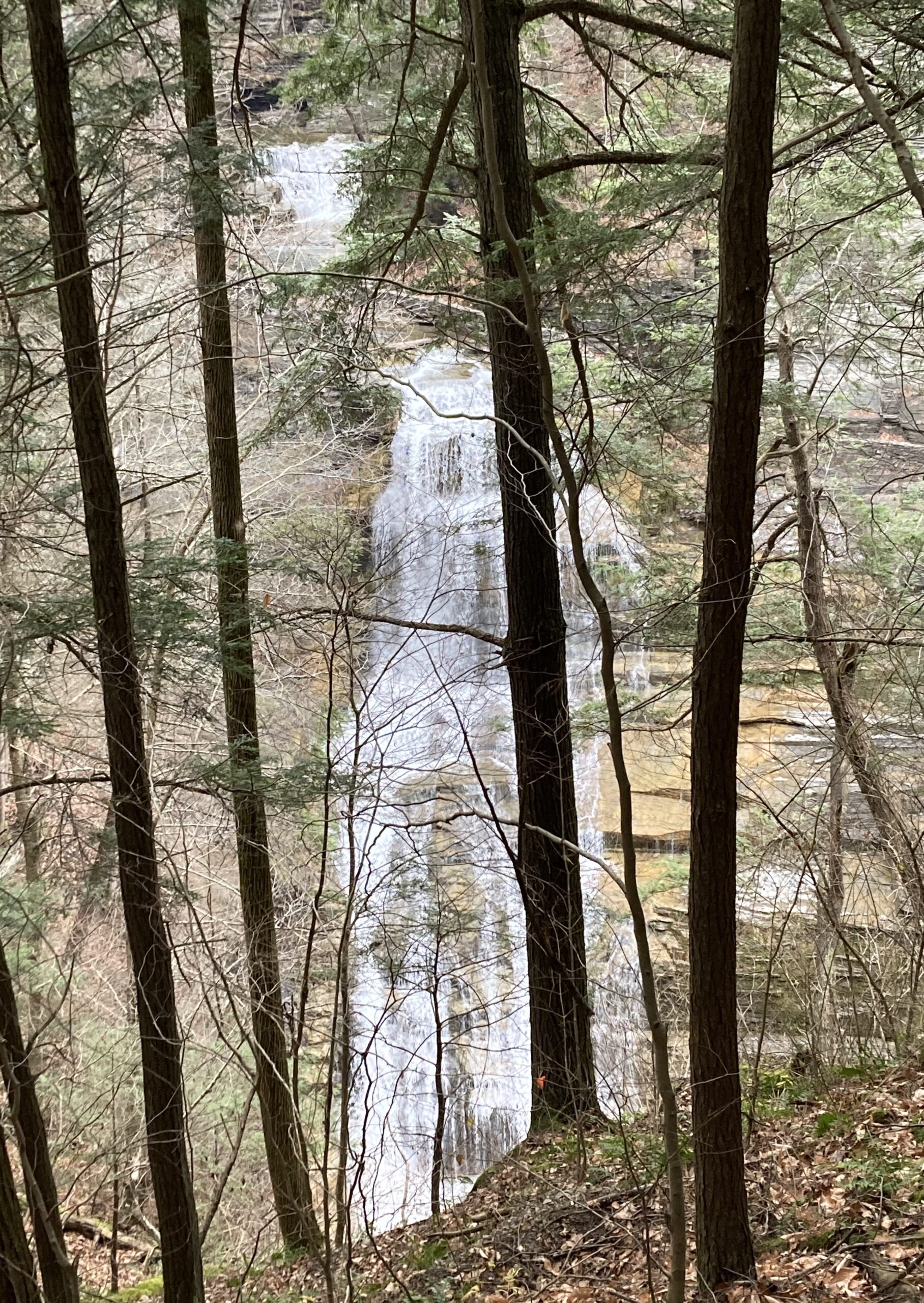I went to see an orthopedic surgeon about hand pain, which comes to me in a great variety of forms and places; just to keep me interested, I guess. Before I left home, the pain was mild. But once I arrived at the office, it was very notable, showing it’s face in 3 or more places, dressed in different clothes. Often, when I see a doctor, whatever is bothering me seems to run and hide. Not this time. Why?
Some might say the body has its own wisdom, and that’s certainly true. But it doesn’t help me very much. Even worse, the high level of pain continued, on and off, for a day or two afterwards. Did this occur because I was trying to understand the doctor’s recommendations for treatment? And with the pain so clear, it was easier for me to analyze what might be the best way to proceed?
Understanding the more subtle messages our body-mind constantly gives us can be tricky.
We are often more concerned with comfort or security than truth, or with preserving an old viewpoint than checking its accuracy. Recognizing contradictions in our beliefs and beloved stories is not always at the forefront of our minds. But all views are fragile. They’re intellectual constructs, and once created, we might be tempted to treat them as prized possessions, or personal works of art. We must be careful not to cover the walls and windows of our intellectual home with them so they’re all we see.
One book I love is The Exploits of the Incomparable Mulla Nasrudin by Idries Shah. The character of Nasrudin, with his humor and deep insight reminds me of stories from the Zen, Taoist, Desert Fathers, and other traditions. One famous story might be relevant here. Nasrudin illustrates how we often search for answers in the wrong places.
A man saw Nasrudin searching on the ground and asked, “What have you lost, Mulla?”
“My key.”
The man went down on his knees and they both got involved searching for it.
After several minutes, the other man asked: “Where exactly did you lose it?”
“In my own house.”
“Then why’re you looking here?”
“There is more light here.”
Muscles, senses don’t speak in words; but they’re an inherent part of the thinking process. In making decisions or thinking critically, questioning assumptions, researching with multiple reliable sources, and thinking logically are all important. And so is self-reflection, mindfully reading ourselves and pausing before final judgment, maybe by taking a walk, sleeping on it, or taking a breath or two.
An awareness of our internal and external, moment by moment sensations helps us better discern when we and our thinking feels “off.” When we feel a clenching in our stomach, a rush to judgment in our breath, or a grimace in our face we might be lying to ourselves.
We might become aware of how our perceptions and emotions are constructed in stages….
*To read the whole article, please go to The Good Men Project.




